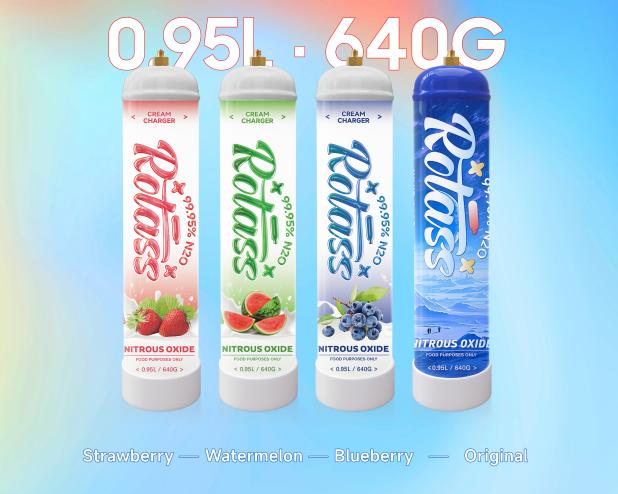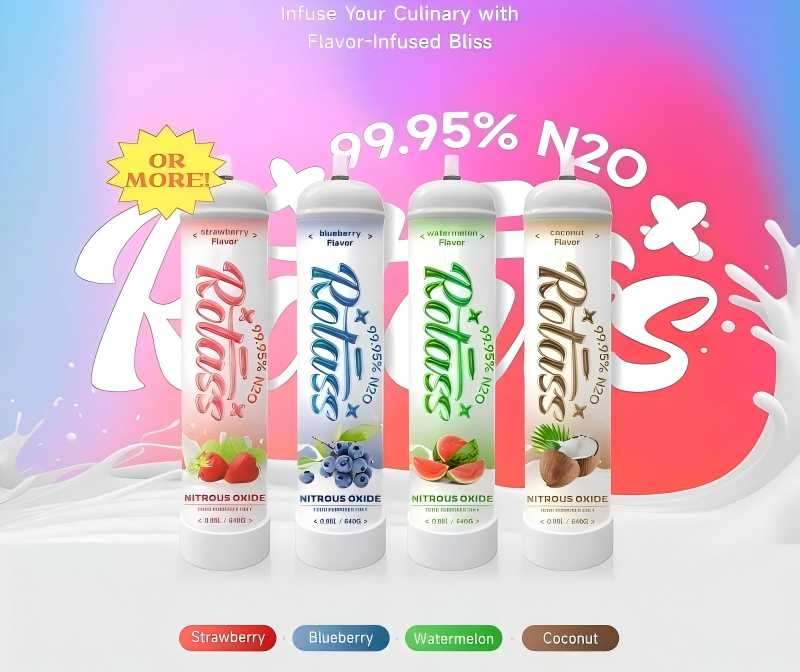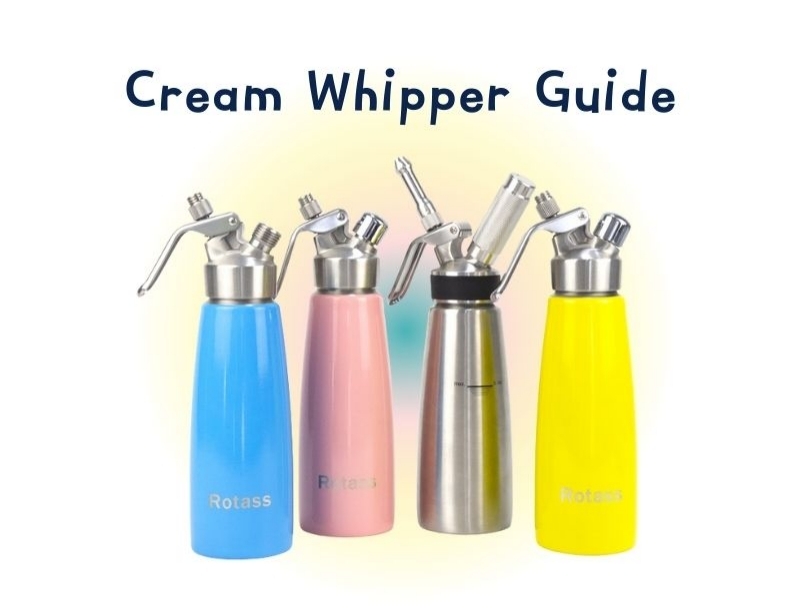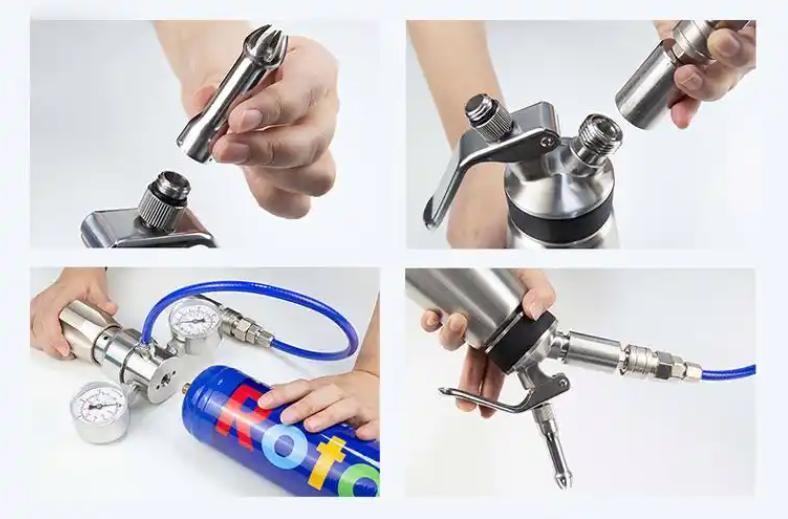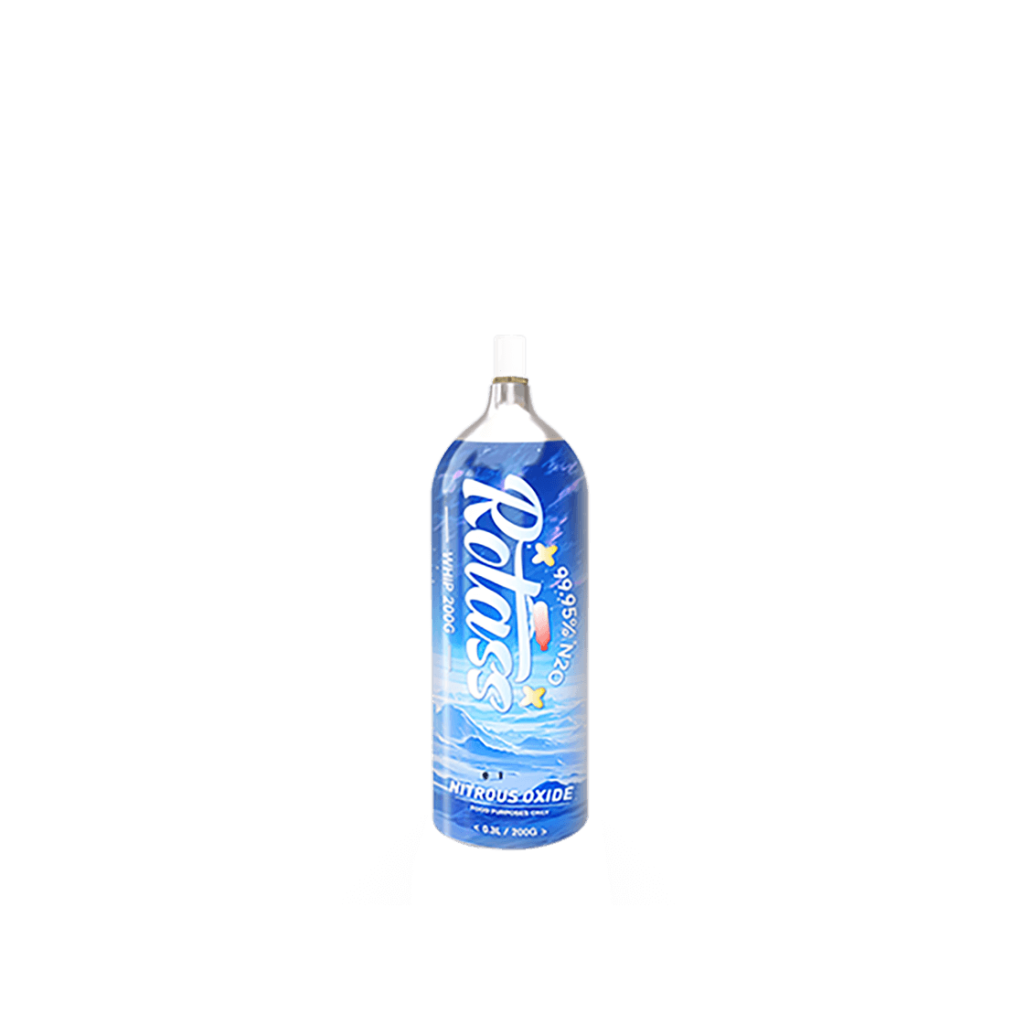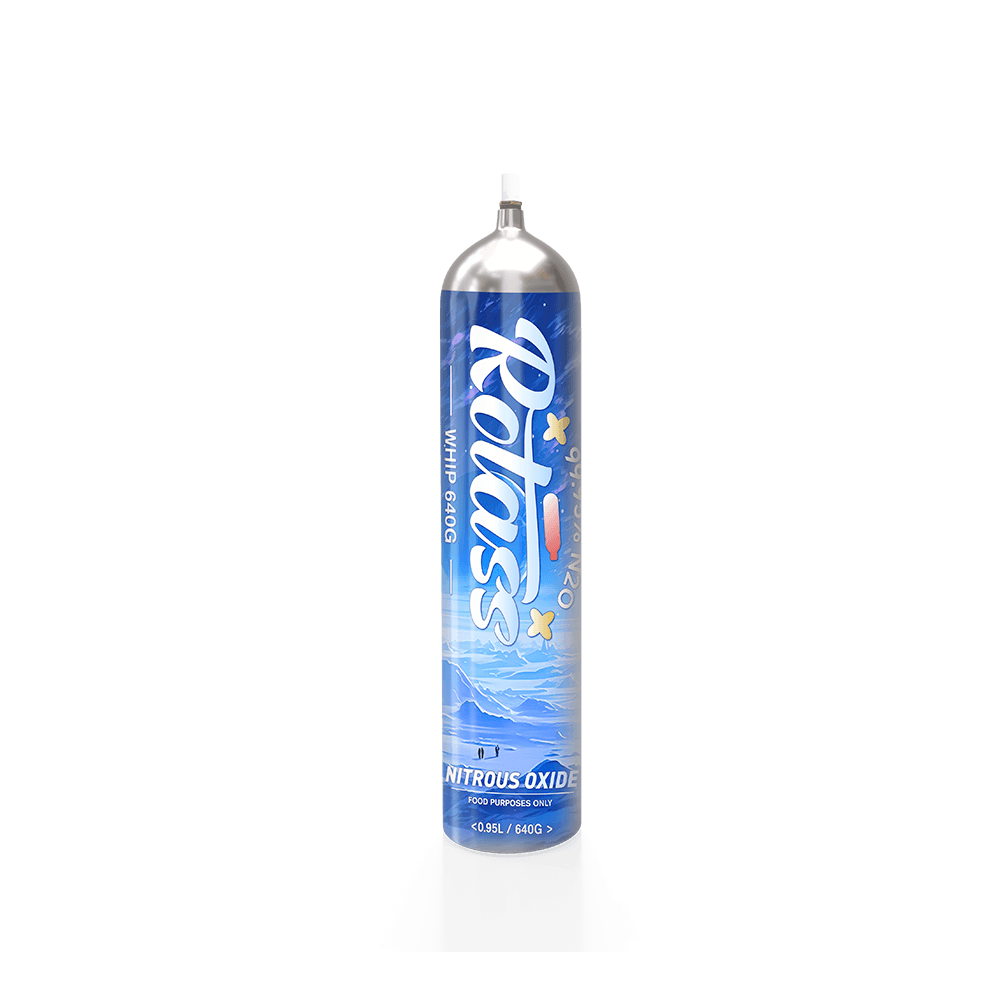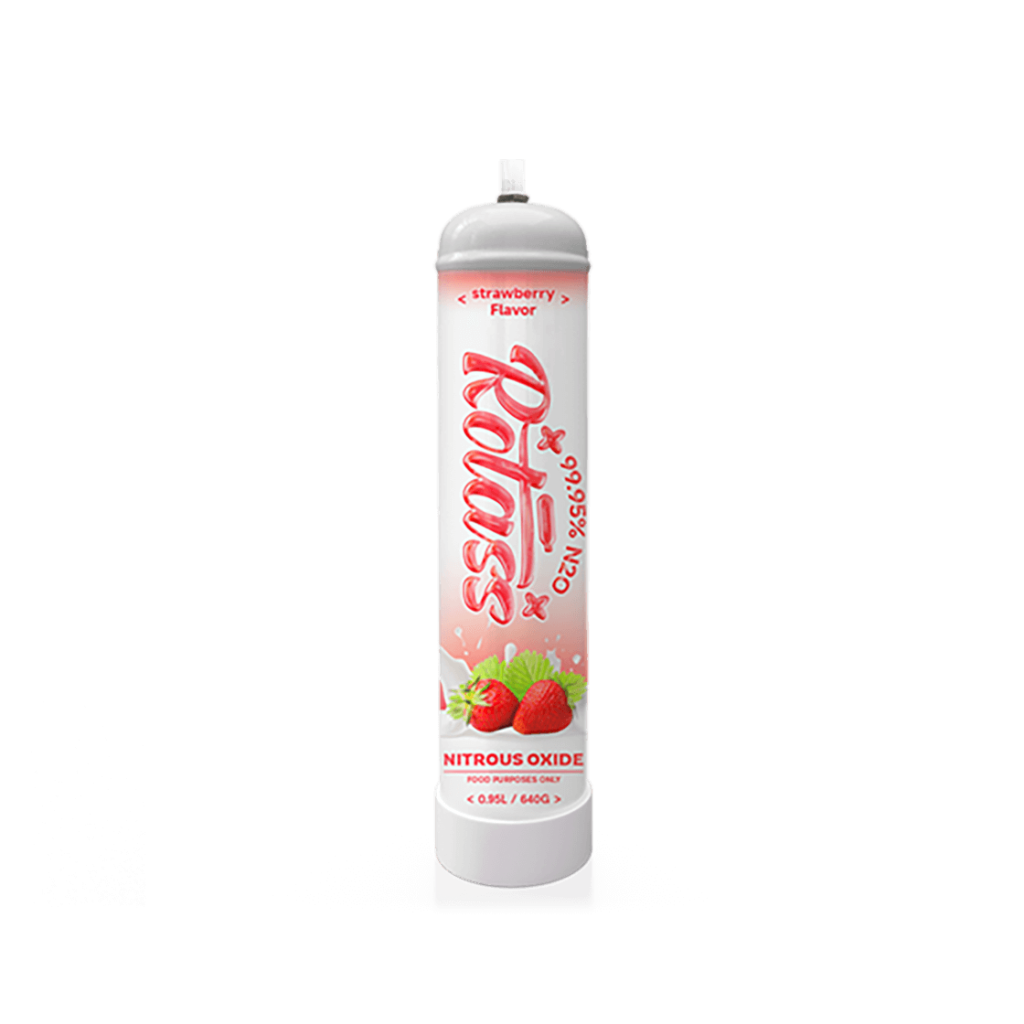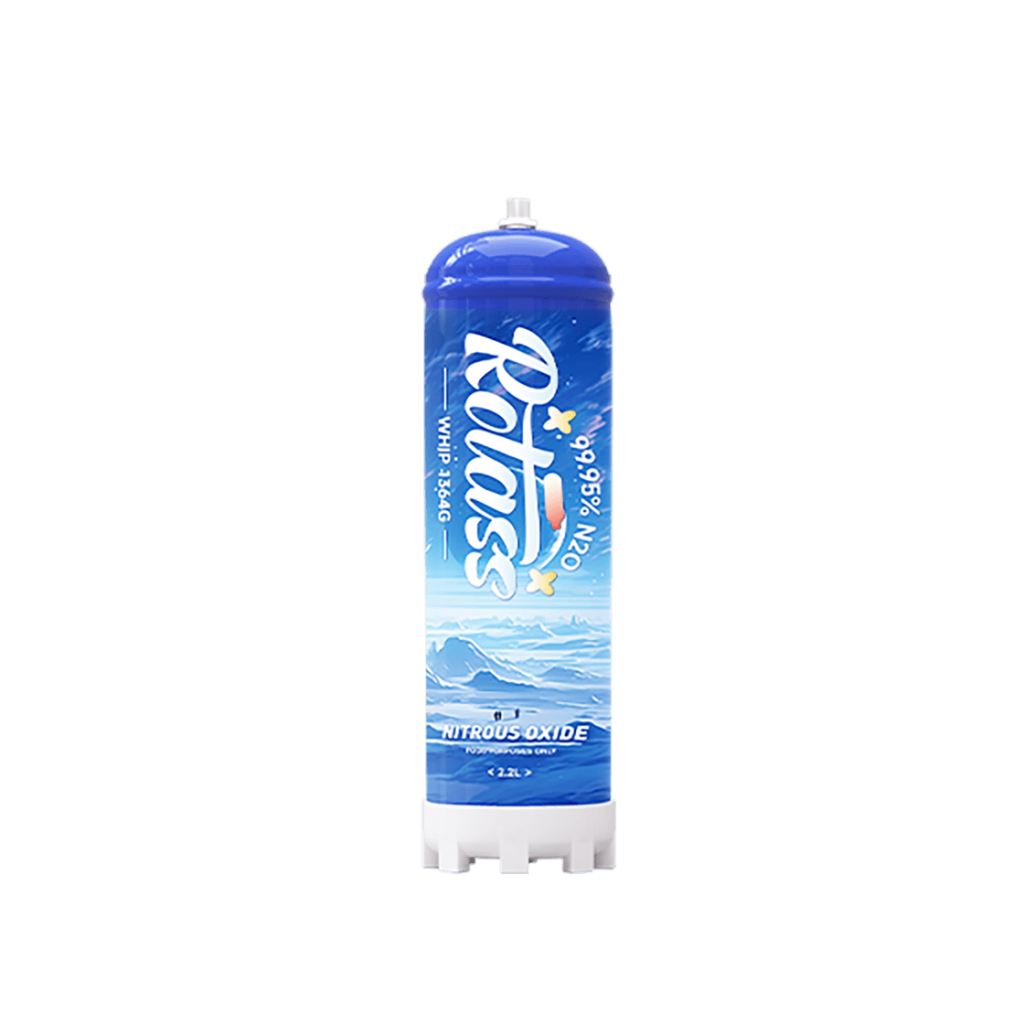2024 / 07 / 16
Nitrous Oxide Cylinders: From Spoilage to Safe Storage
Nitrous oxide cylinders are widely used in a variety of industries, including food processing and culinary applications, as well as medical settings. These pressurized containers contain a powerful gas, so their safety and integrity are critical. Nitrous oxide cylinders, on the other hand, can become faulty over time due to improper handling. This raises important questions. How do you know if a food-grade nitrous oxide cylinder has gone bad? What do you do if your cylinder has expired or is damaged? Most importantly, how should you store your cylinders to maximize their lifespan and safety? This comprehensive guide by Rotass will address all of your concerns, allowing you to handle nitrous oxide cylinders with confidence.
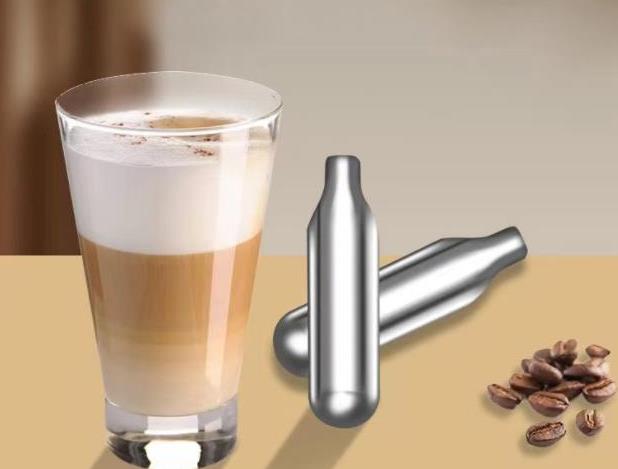
How to Tell If a Food-Grade Nitrous Oxide Cylinder Is Really Spoiled?
Food-grade nitrous oxide cylinders are used in food processing and other industrial applications, so they must be of high quality and stable. Here’s a detailed guide, presented in table format, to help you determine whether a food-grade nitrous oxide cylinder has spoiled.
| Inspection Method | What to Check | Possible Signs of Spoilage |
| Visual Inspection and Label Check | 1. Inspect the cylinder for visible damage, dents, rust, or leaks. 2. Ensure the label is intact and includes: Manufacturer’s name and information. Production date and expiration date. Cylinder specifications (capacity, working pressure, etc.). Safety certification marks (e.g., DOT or ISO certification). | 1. Visible damage, dents, or rust. 2. Incomplete or missing label information. |
| Pressure Test | 1. Use a pressure gauge to check if the internal pressure is within the n2o cylinder supplier’s specified working pressure range. 2. If the pressure is lower than normal or shows signs of leakage, the cylinder may be spoiled or damaged. | 1. Pressure gauge reading lower than normal. 2. Signs of leakage. |
| Odor Check | 1. Nitrous oxide (N2O) itself is odorless. However, if the cylinder has internal contamination or spoilage, you may detect an unusual odor. 2. Open the cylinder valve carefully, avoiding direct inhalation of the gas. 3. If you detect an unusual odor, the cylinder may be spoiled. | 1. Presence of an unusual odor. |
| Temperature and Light Exposure | 1. Prolonged exposure to high temperatures or direct sunlight can accelerate the aging process of nitrous oxide cylinders. 2. Check if the cylinder is stored in suitable conditions to ensure its stability. 3. High temperatures can increase internal pressure, leading to leakage or explosion risks. | 1. Storage in excessive heat or direct sunlight. 2. Evidence of excessive heat exposure. |
| Professional Inspection | 1. If you suspect spoilage, the safest approach is to send the cylinder to a professional testing facility. 2. Experts can use more precise instruments to check the cylinder’s integrity, gas purity, and the presence of harmful contaminants. | 1. Uncertainty about the cylinder’s condition. 2. Need for more in-depth testing. |
Important Reminders:
- When handling suspected spoiled or damaged high-pressure cylinders, exercise extreme caution and follow all safety procedures.
- Consult a professional if you’re unsure about inspection and handling procedures.
- Avoid using a spoiled or damaged cylinder to prevent safety hazards.
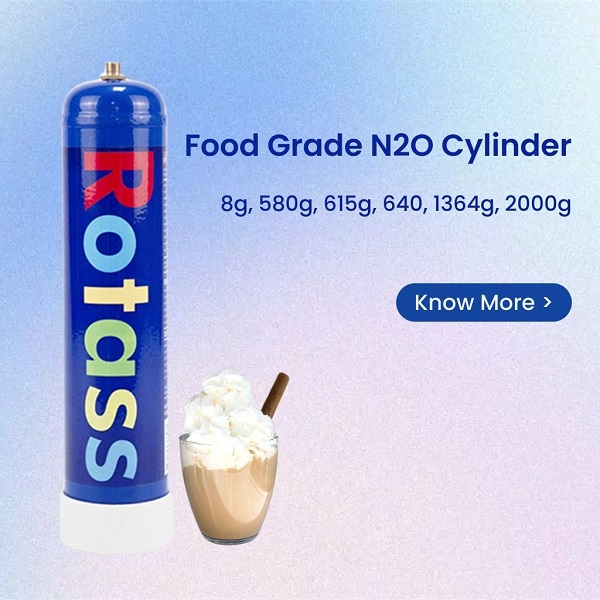
What to Do with Expired or Damaged Food-Grade Nitrous Oxide Cylinders?
Do not try to dispose of expired or damaged food-grade nitrous oxide cylinders yourself. These cylinders hold pressurized gas and can be dangerous if not handled properly. Here’s what you need to do:
1. Contact the Manufacturer or Gas Supplier
- The manufacturer or gas supplier from whom you purchased the cylinders is usually the best first point of contact.
- They may offer a take-back program for damaged or expired cylinders.
- They can give you instructions on safely returning the cylinders for proper disposal.
2. Local Recycling Facilities
- Specialized recycling facilities can accept expired or damaged high-pressure gas cylinders.
- Check with your local recycling center for their policies on accepting nitrous oxide cylinders.
- Ensure personnel are certified and equipped to handle hazardous materials.
3. Hazardous Waste Disposal Companies:
- If the n2o cylinder supplier or local recycling facilities are not available, consider contacting a licensed hazardous waste disposal company.
- These companies provide safe collection, transportation, and disposal of hazardous materials such as expired or damaged gas cylinders.
- They will have the necessary permits, training, and equipment to safely handle the cylinders.
Important Reminders:
- Never attempt to disassemble, refill, or modify a nitrous oxide cylinder.
- Do not dispose of the cylinder in your regular trash or recycling bin.
- Store the cylinder in a cool, dry, and well-ventilated location until it can be properly disposed of.
- Always follow all safety instructions provided by the n2o cylinder supplier or disposal company.
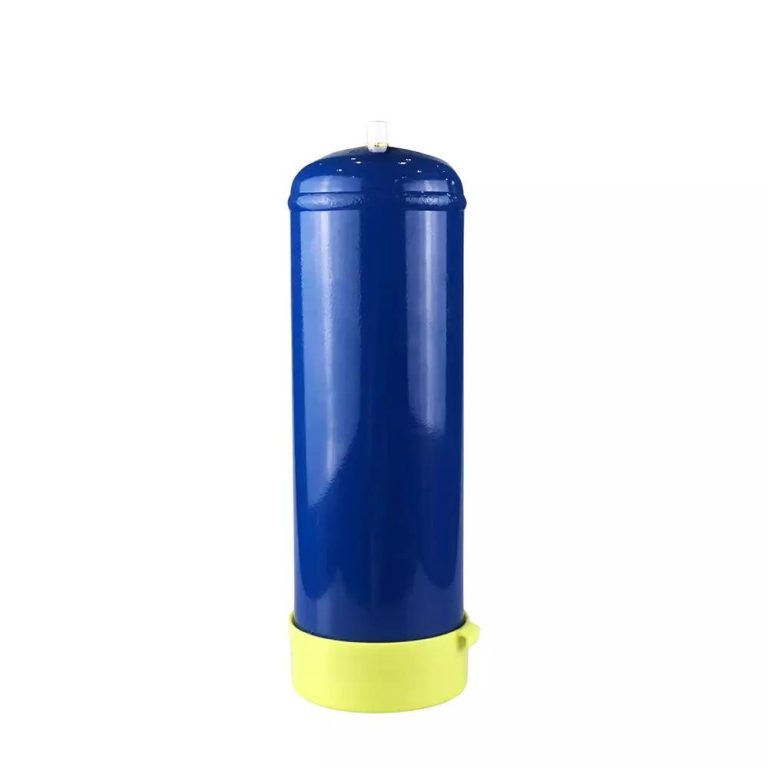
How to Properly Store Nitrous Oxide Cylinders to Extend Their Service Life?
Nitrous oxide cylinders, which are used in food processing, medical applications, and other industries, must be properly stored to ensure their safety, integrity, and longevity. Here are some important steps to ensure proper storage and extend the life of your nitrous oxide cylinders:
Location
- Cool and Dry: Cylinders should be stored somewhere cool, dry, and well-ventilated. Avoid damp or humid environments, which can lead to rust and corrosion. Ideal storage temperatures are typically between 50°F (10°C) and 80°F (27°C).
- Out of Direct Sunlight: Avoid exposing cylinders to direct sunlight for an extended period of time. Sunlight can increase internal pressure and accelerate the cylinder’s aging process.
- Secure and Upright: To avoid falling or rolling over, store cylinders upright in a secure location. Use appropriate racks or stands designed for safe cylinder storage.
- Away from Flammable Materials: Nitrous oxide cylinders should not be stored near flammable materials or sources of ignition, such as open flames, sparks, or electrical equipment.
- Limited Traffic Area: Reduce traffic flow around the storage area to avoid any accidental bumps or impacts that could damage the cylinders.
Precautions
- Never Store in Confined Spaces: Do not store nitrous oxide cylinders in enclosed areas such as cars, basements, or attics. If the gas leaks, these areas may cause suffocation.
- Keep Valve Caps On: Keep the protective valve caps on the cylinders when not in use. This keeps dust, debris, and moisture from entering the valve and potentially jeopardizing its integrity.
- Regular Inspection: Periodically inspect the cylinders for signs of damage, rust, or leaks. Pay attention to the pressure gauge readings and make sure they stay within the manufacturer’s recommended working pressure range.
- Follow Manufacturer’s Instructions: Specific storage recommendations for your nitrous oxide cylinders can be found in the manufacturer’s instructions.
Additional Tips:
- First In, First Out (FIFO): Implement a “First In, First Out” (FIFO) system when storing multiple cylinders. Use the older cylinders first to ensure they are used within their recommended shelf life.
- Proper Handling: Always handle cylinders with care to avoid bumps, drops, or rough treatment. Use proper lifting techniques and equipment when transporting cylinders.
- Keep Records: Maintain records of the purchase dates and expiration dates for your nitrous oxide cylinders. This helps track their age and ensure timely replacements.
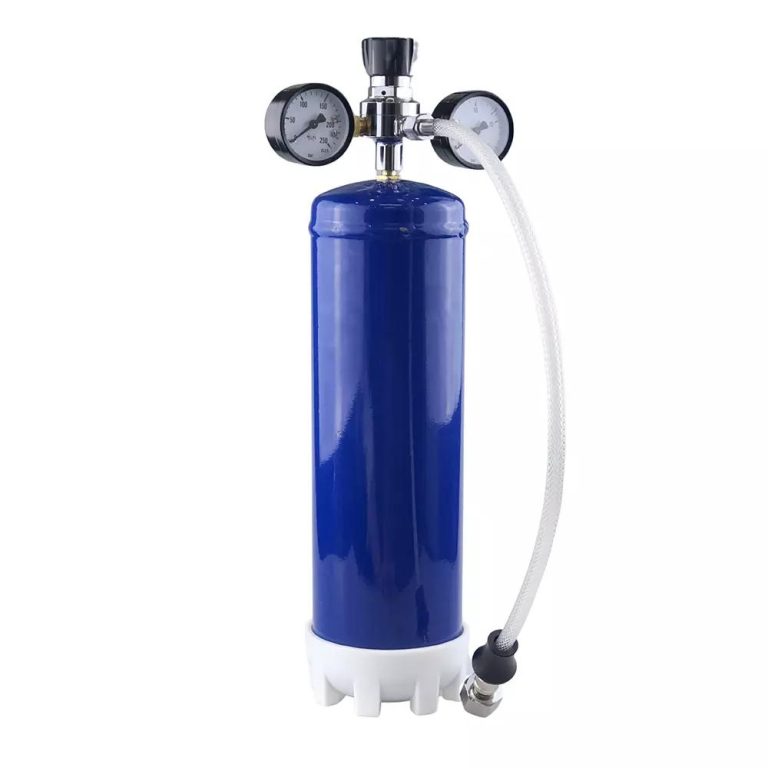
Conclusion
Following the steps outlined in the guide by Rotass will allow you to effectively manage your nitrous oxide cylinders for the duration of their lifespan. From identifying spoilage signs to proper disposal methods and optimal storage practices, you now have the knowledge needed to ensure the safety and functionality of these pressurized containers. Remember that proper care for your nitrous oxide cylinders not only increases their usefulness but also reduces the risks associated with improper handling or storage. Put these useful tips into action for ultimate peace of mind and peak performance, and reap the benefits of safe and dependable nitrous oxide use.

